In the former Long Khanh A Commune, Dong Thap Province, the rhythmic clatter of looms has echoed for over a century. Here, generations of artisans have preserved the traditional craft of scarf weaving while adjusting to modern demands, keeping alive a cultural symbol of the Mekong Delta.
The village is famous for making khăn rằn, or checkered scarves, a classic accessory long linked with women in southern Vietnam. Visitors are welcomed by the sounds of looms and scenes of families working together, with each person handling different steps of production, from dyeing threads to weaving and finishing products.
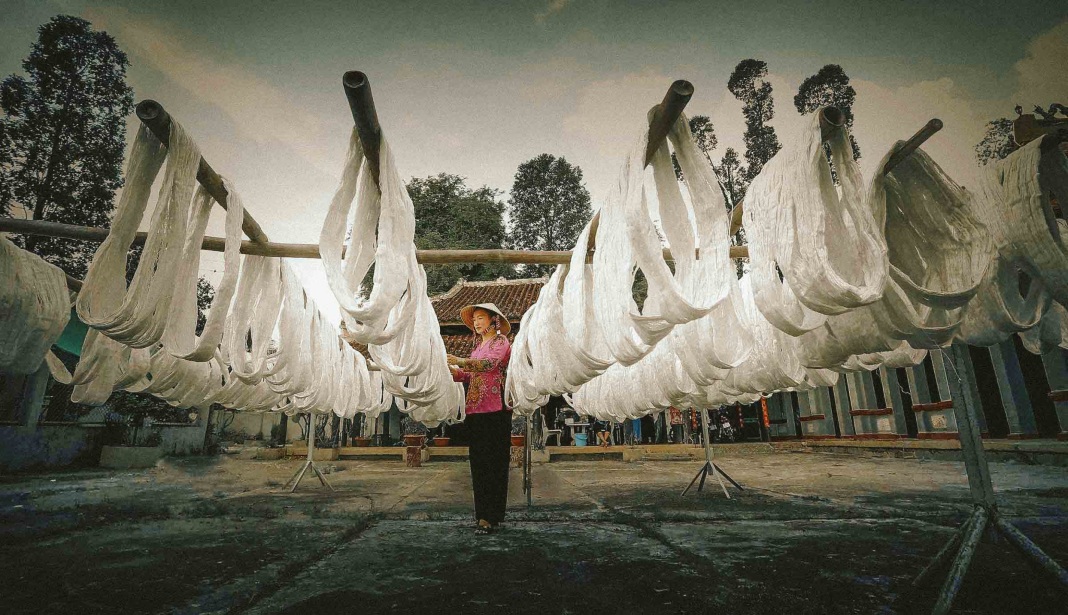
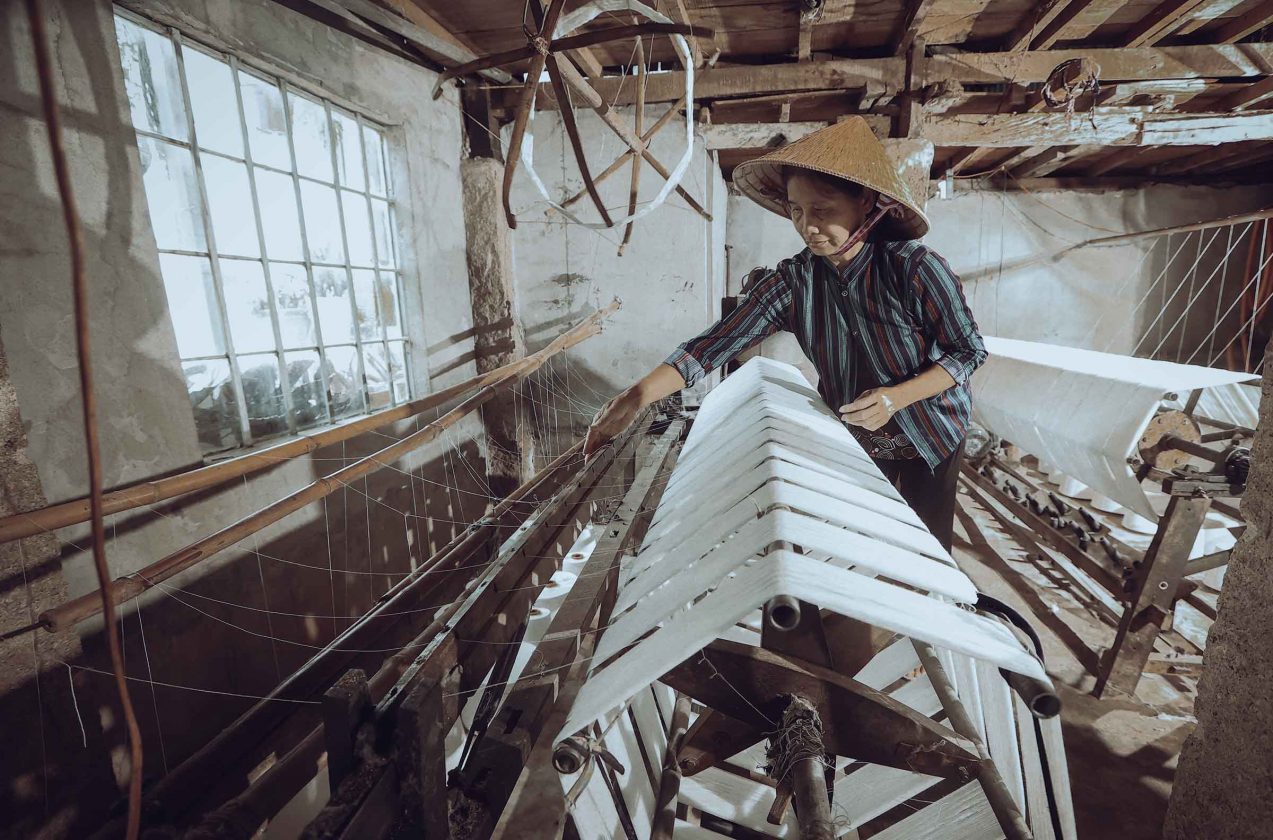
The craft dates back to the early 20th century and has strong ties to the lives of river communities along the Tien River. It gained popularity in the early 1990s when farmers widely used the scarves in the fields. At that time, all production was done manually, featuring simple black-and-white or brown-and-white patterns.
A turning point occurred in 1998 with the introduction of the national power grid. Electrically powered looms replaced much of the manual labor, and today, approximately 80% of the production process has been mechanized. This change increased productivity and competitiveness while enabling the village to meet growing demand. Some traditional handlooms are still preserved for visitors who want to experience the original weaving techniques.
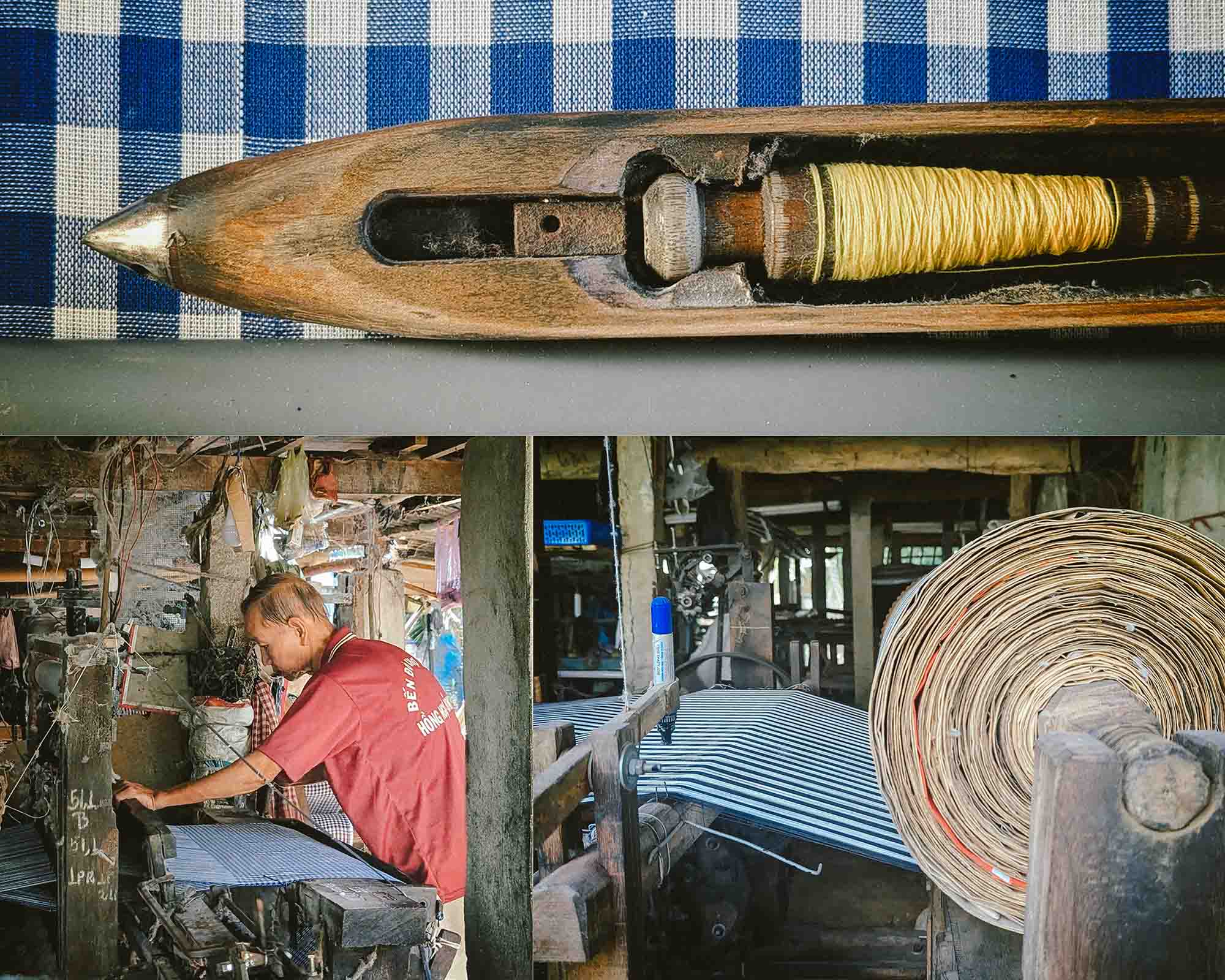
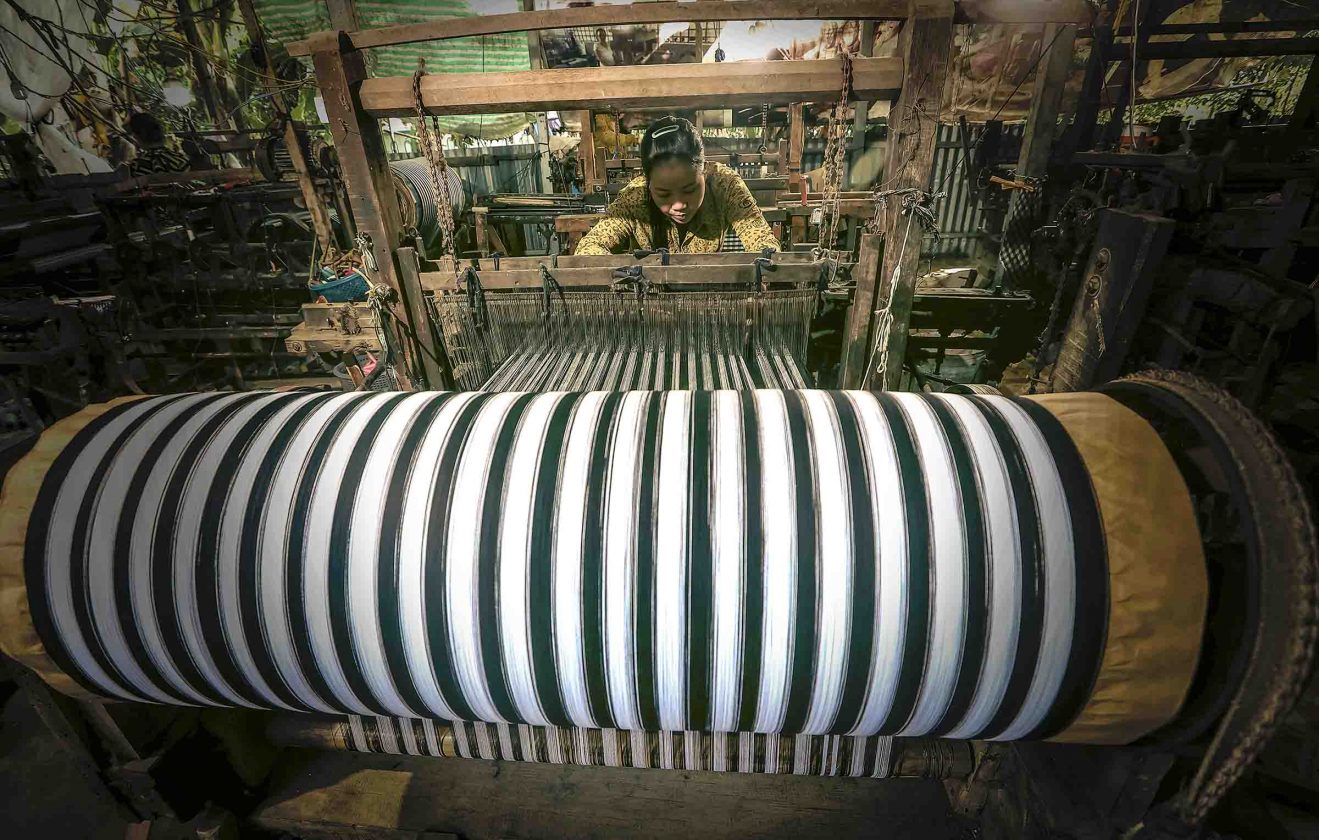 Innovation has also been crucial in maintaining the craft. Local artisans have expanded their color palettes and introduced designs showcasing symbols of Dong Thap, such as lotus flowers and red-headed cranes.
Innovation has also been crucial in maintaining the craft. Local artisans have expanded their color palettes and introduced designs showcasing symbols of Dong Thap, such as lotus flowers and red-headed cranes.
To promote long-term growth, the local government has encouraged villagers to combine craft production with tourism. Training programs have been organized, including study trips to craft villages in Hoi An to learn sustainable tourism models. As a result, artisans now produce a variety of products beyond scarves, such as shirts, Vietnamese traditional ao dai, handbags, hats, neckties, and even lanterns.
In May 2023, the Ministry of Culture, Sports and Tourism recognized the Long Khanh A scarf-weaving craft as a National Intangible Cultural Heritage. Building on this recognition, in February 2024, the former Hong Ngu District launched a tourism model centered around the weaving village.
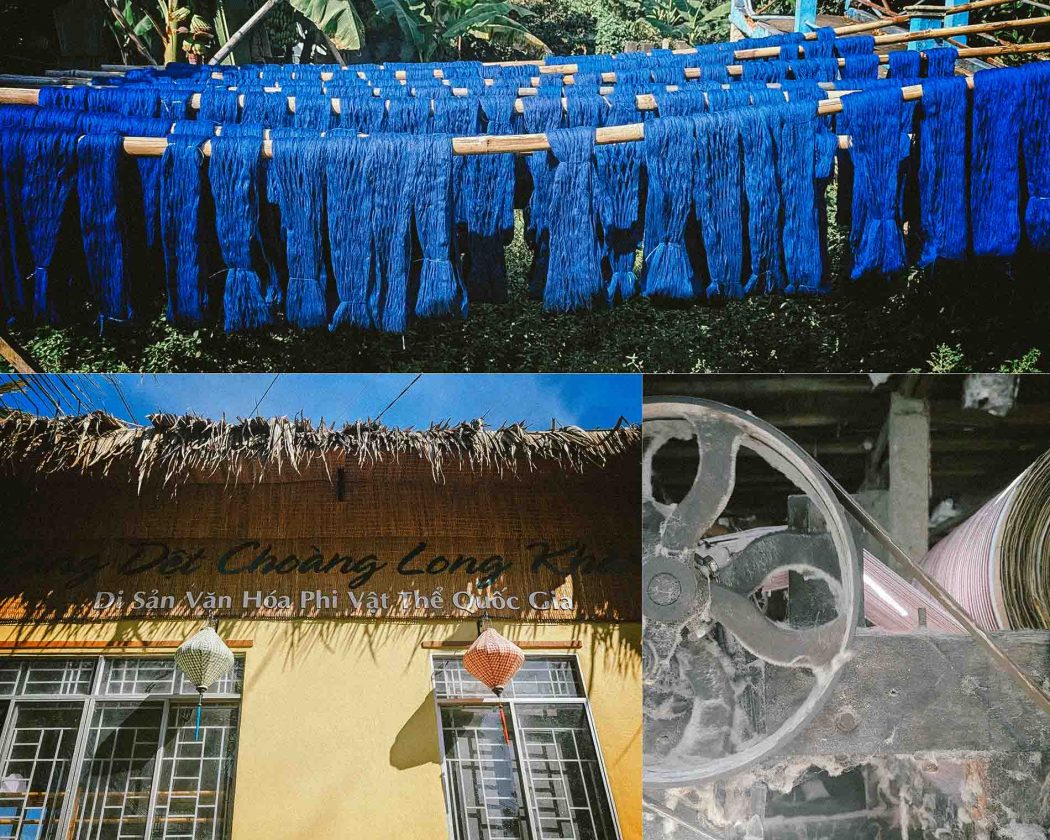
The experience includes guided tours of reconstructed workshops, shopping for handmade crafts, enjoying local cuisine at a weekend craft market, and taking part in activities like painting on scarves. Visitors can also experience traditional performances such as đờn ca tài tử, folk singing, and games.
Alongside these tourism activities, infrastructure upgrades are underway, including a display center, preservation of the Long Khuong Mieu provincial historical site, and an international boat pier connecting Mekong River tours to the village. These efforts aim not only to promote tourism but also to preserve and expand the cultural and economic value of this century-old craft village, ensuring that its legacy continues for generations to come.









